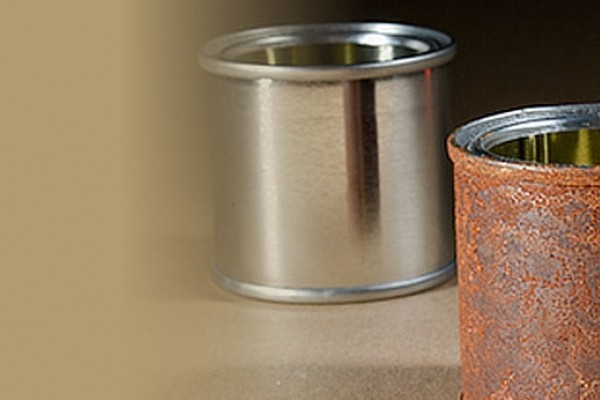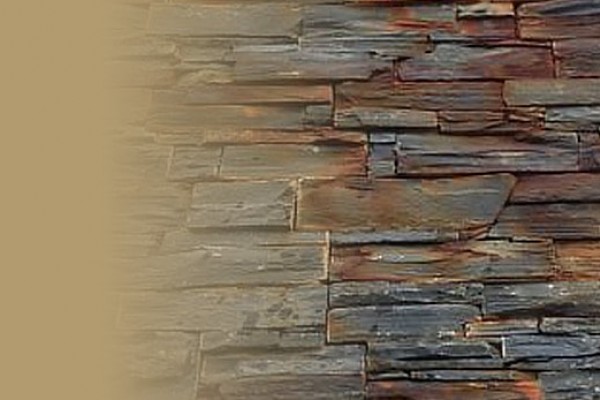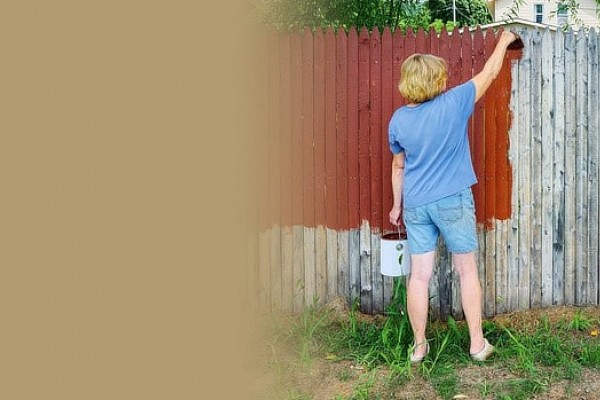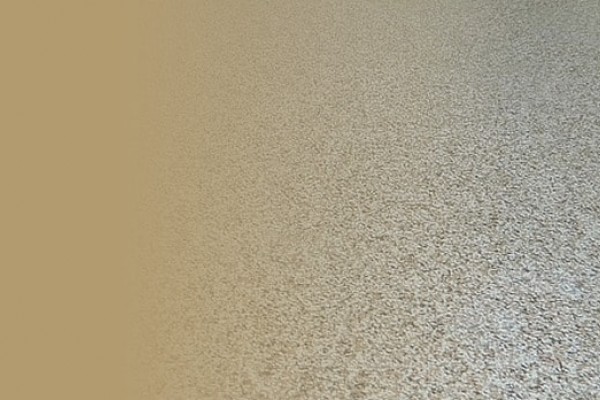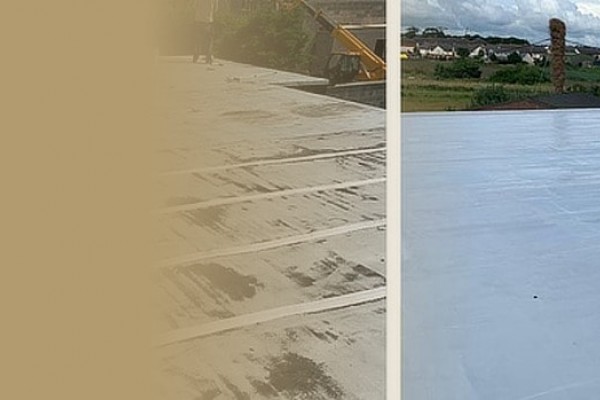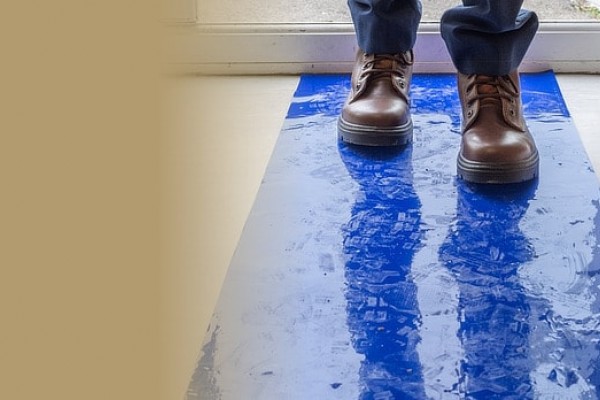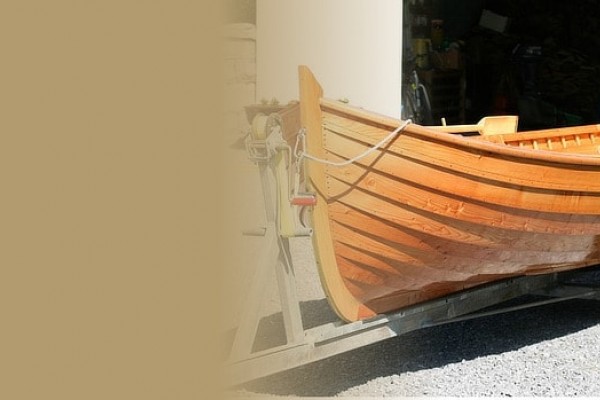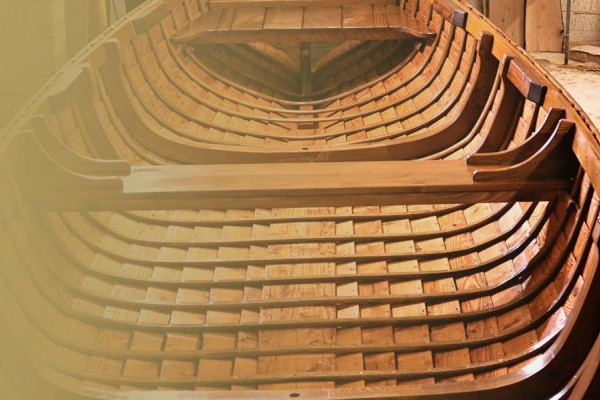Peeling Paint on Seafront
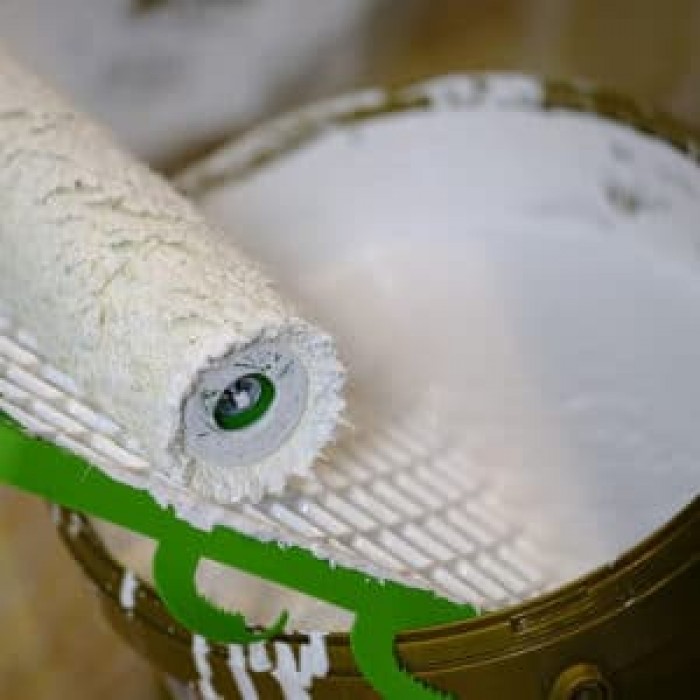
I live right on the seafront and am fed up to the teeth with paint peeling off most of the sea facing exterior walls. We’ve had several different painters do re-paints over the years, and despite the fact that each one criticises the work done by their predecessor, and strong assurances of a successful job this time, it still returned to the same old peeling paintwork.
Yes, we’ve heard it all before.. “you can be sure we will get it right ma’am” etc.
Problem is, to make money, the painter must be able to get in and get out of the job as quickly as possible. Sometimes when there is a bad wall needing what used to be a serious amount of time consuming and back breaking preparation… corners will be cut, i.e. get some colour up there on the wall and hit the road.
There have been huge strides in paint adhesion technology over the years and nowadays there is no excuse for peeling paint in your kind of situation.
There is a way to paint your walls properly with no more peeling paint. First, all the old remaining paintwork must be properly removed, usually a power washer is best and quickest, but if at all possible, wash at a 30 to 40 degree angle to the surface to avoid too much water penetration while achieving maximum old paint removal.
Leave it for a few weeks of good drying weather, and then you are ready for a paint job. Choose a high quality exterior (water based) paint and mix in about 25% of a very strong gripper like E-B (also known as Emulsa-Bond and available in most good paint outlets) into the first coat only and apply. Apply your second coat without E-B.
This process will ensure your paint will stick because the E-B will soak deep into the wall providing serious grip and it should not peel off. I’ve seen what can only be described as desperate situations totally cured using this process.
The wall must also be checked for mould, mildew etc, and if present kill same with 50:50 bleach and water mix or an off-the-shelf fungicide wash. (There is also a useful mould preventative paint additive now available called VC 175 Mould Stop which is quite useful in preventing the return of the mould etc)
A very high percentage of the smarter painters now use this method because it is reliable, and from their time point of view, very fast and easy also.
If you would like to help the finish coat you could add 10% of a very useful emulsion paint conditioner like Floetrol. So, next time you are having your wall re-painted, let the contractor know what you want done, (whether he likes it or not) and this bit of useful info will make him take great care to do it right this time! If possible ask around among your friends or neighbours for names of some reliable painters rather than just take a chance.


